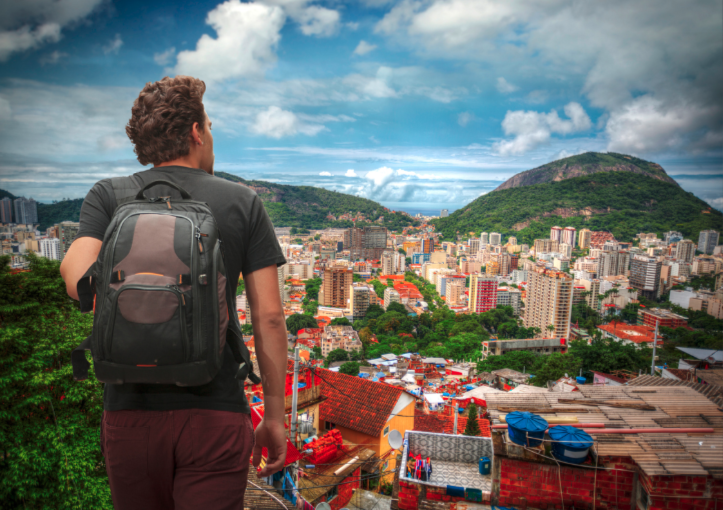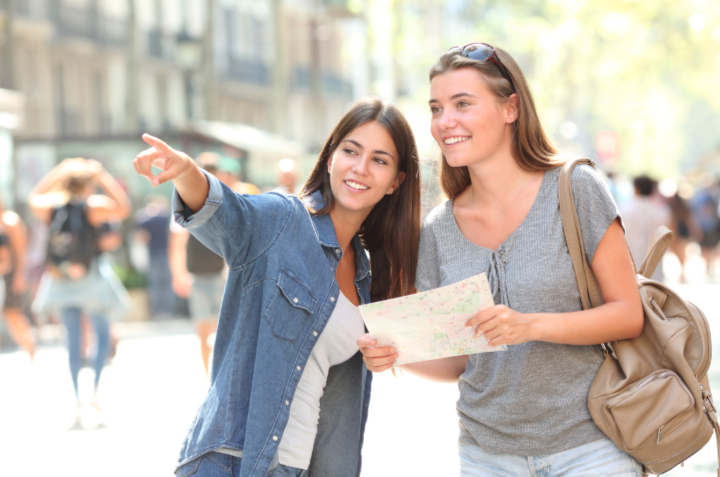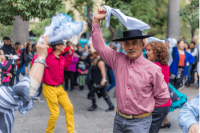Sometimes, when you tell people that you’re planning a trip to Chile, Argentina or Brazil, they look a little concerned and ask, “But is South America safe for traveling?” However, more often than not, they needn’t be worried. After all, South America is a continent, not a single country. Of course, some parts of Latin America do have issues with violent crime – but to say that this applies to everywhere is misleading. South American countries differ just as much as European countries – so, just as you would approach a trip to Greece differently than a trip to Norway, the same principle applies to Latin American nations. Every region is unique, and in fact, remote locations like the Galapagos and Patagonia are some of the safest places in the world. However, to make sure you stay safe on vacation, be sure to follow the tips in this handy guide.
-
Research your trip
As we’ve already stressed, South America is an incredibly diverse place. Therefore, there’s no one answer to ‘is South America safe for traveling?’ So, before you start your trip, it’s important to do some research. For example, check whether or not the place your visiting has a reputation for being dangerous. Check out government sites for official advice and read blogs to find out about other people’s experiences.
2. Familiarize yourself with the area ASAP

Whether you’re staying in an urban or rural area, be sure to familiarize yourself with the geography as soon as you arrive. Free walking tours are a great way to do this, or just spend some time studying the city map. That way, you can get your bearings faster and avoid getting lost.
3. Never display valuables
This is a golden rule, but it’s surprising how often people let their guard down when they’re on vacation. Remember to always keep your valuables hidden – don’t carry your wallet around in your back pocket or talk loudly on a smartphone. When traveling on public transport, keep essentials on your person. Leaving passports, cameras, and phones in luggage racks is risky, as often bus companies don’t monitor them. Furthermore, don’t wear flashy jewelry, watches, or designer clothing. This will only serve to draw attention to the fact that you’re a tourist. To outsmart pickpockets, invest in a money belt, ankle wallet, or for women, stash some cash in your bra!
4. Beware of illegal taxis
In some areas, bogus taxis are used as traps for robberies. Wherever possible, ask a hotel or restaurant to contact a reputable taxi company for you. Alternatively, ensure you can recognize the hallmarks of a legal cab. For instance, in Santiago, all registered taxi drivers have an orange number plate. However, Uber has made taxi safety more straightforward – but be aware that Uber is not available everywhere, especially in remote locations.
5. Learn some Spanish

Learning some Spanish is an invaluable tool when it comes to staying safe. After all, local knowledge is one of the most useful things you can have. However, remember that if you’re traveling to Brazil remember that they speak Portuguese!
Is South America safe for traveling? Absolutely!
South America is a wonderful place to explore. The landscape is breathtaking, the people are warm and friendly, and the experiences you’ll have will be unforgettable. So, is South America safe for traveling? In a nutshell, yes, absolutely! Just remember to do your research, be aware, and don’t do anything you wouldn’t do at home.
No comments yet
There are no comments on this post yet.






Leave a comment